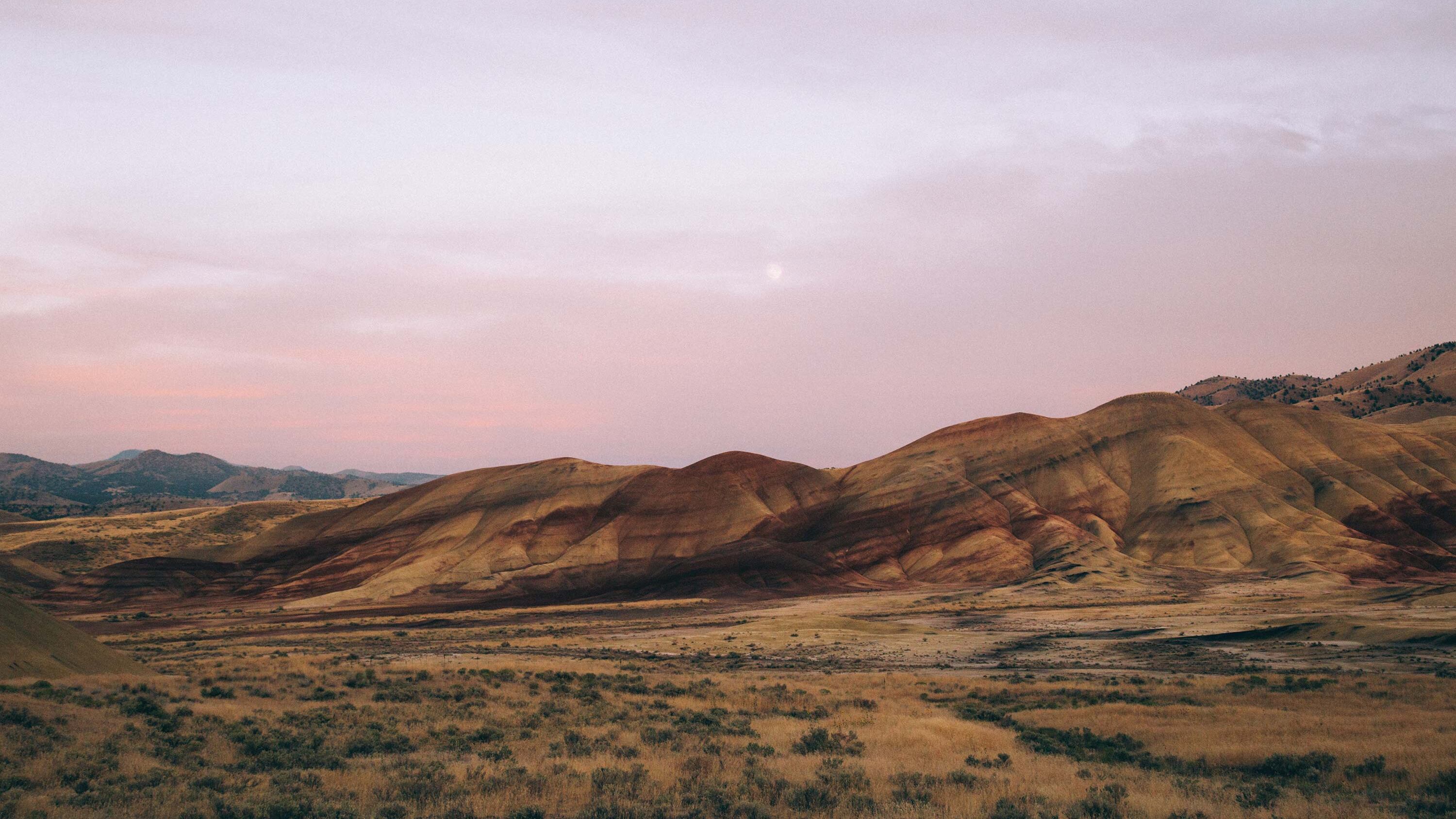Part of Eastern Oregon’s allure is that it is a quiet place. You can hike a trail, row through a lake or even drive along a highway without encountering another soul. But millions of years ago, conditions were much less tranquil. Rising plumes of magma pushed their way through the earth’s crust and roiling lava flooded the land, filling in cracks like a baker smoothing over a cake’s rough edges with icing. Even when the surface wasn’t belching steam and liquefied basalt, wild beasts such as rhinos, hogs the size of cows called oreodonts, and what’s now known as the John Day tiger roamed this terrain, making it an only slightly less terrifying scene than, say, Jurassic Park. You can see evidence of both the ancient animals and the geologic transformation over time at the Sheep Rock Unit of the John Day Fossil Beds just 2 miles north of the junction with Highway 26. There you’ll find the Thomas Condon Paleontology Visitors Center (32651 Highway 19, Kimberly, 541-987-2333, nps.gov/joda/planyourvisit/tcpc.htm), named after The Dalles minister who traveled to the basin in 1862 after hearing about the fossils. He became the first to excavate the petrified remains, sparking interest in the area from scientists across the country. The facility is part lab—you can watch researchers working in what looks like a CSI set—and part museum, with more than 500 fossils on display, including a watermelon-sized elephant’s tooth and the brain case of a beaver that’s no larger than a grape.
Beaver Brains and Elephant Teeth

Explore more on:
